When considering a tooth crown, there are several materials available. These materials include All-ceramic, Porcelain-fused-to-metal (PFM), and Zirconia. Here are some things to know about each one. These materials can be bonded directly to the natural surface of your tooth, or layered over a pre-built core. They can also be removable. While there are some risks associated with these materials, the benefits far outweigh the risks.
Porcelain-fused-to-metal (PFM)
A PFM tooth crown is a porcelain-fused-to-metal restoration. The ceramic used in this type of restoration has numerous advantages over traditional metal crowns. It has superior strength, is chip-resistant, and has a monolithic structure that makes it less likely to fracture. Ceramic also has optical properties that improve its esthetic value, and its physical properties can help it wear less on opposing teeth. A fully ceramic crown is another advantage.
While many patients prefer PFM tooth crowns, there are advantages to all-ceramic alternatives. All-ceramic crowns require less tooth reduction and support better oral hygiene. Despite these advantages, PFM crowns are still a good option in certain cases. In the case of metal-based crowns, it's best to choose a metal that is high in noble content and is free of mercury and other contaminants.
The porcelain layer on a porcelain-fused-to-metal tooth is typically 1.5 to two-millimeter thick. It mimics the appearance of natural teeth while resisting staining and corrosion. A metal substructure beneath the porcelain layer is usually nickel or chromium. A porcelain-fused-to-metal tooth crown is an excellent option for patients who are allergic to nickel or are concerned about its potential to cause an allergic reaction.
For a PFM-to-metal tooth crown, you will need two dental visits. Your dentist will prepare your tooth for the procedure. At the first appointment, a dental impression is made of the tooth and sent to the laboratory for fabrication. During the second appointment, your dentist will check the fit and adjust the crown as needed. The final step in the process is to have the permanent crown permanently bonded to your tooth.
A porcelain-fused-to-metal tooth cap can be a great option for repairing a chipped tooth. Porcelain crowns can chip, and you may have to get a new one if the chip is too large. Then, you may experience a loose crown after the cement has been washed out. This can let bacteria leak into the tooth and cause decay to the remaining tooth.
A PFM tooth crown is often stronger and more durable than its porcelain counterpart. It's often used for long bridges and for destructive night-grinding. It can withstand much more chewing force than porcelain crowns. But the longevity of a PFM crown depends largely on the quality of your dentist and his lab technician team. When you get a true ceramic artist to make your crown, you can expect great results.
A PFM tooth crown requires a more natural tooth structure to be removed. It is therefore not recommended for people who are very self-conscious. The PFM crown can only be a good solution for a tooth that has suffered extensive damage due to an accident. If you want a permanent and beautiful crown, a PFM tooth crown may be the right solution for you. But be sure to talk to your dentist about any potential side effects of this treatment before making a decision.
All-ceramic
An All-ceramic tooth crown has a few distinct advantages over a porcelain or metal tooth crown. Obviously, the former is more durable, while the latter is more cosmetically appealing. However, whichever type you choose, you'll still have to consider your dental needs and your budget. Your dentist can explain the pros and cons of both, as well as help you decide which one is right for you. To get started, simply schedule an appointment.
A dental crown is traditionally prepared over two visits. With all-ceramic restorations, however, you only need one visit. In fact, you can have your new restoration installed in just one visit, thanks to E4D digital scanning technology. The procedure is the same as for traditional crowns, but you can save a significant amount of time and valuable sick leave by choosing this option. Once your new dental crown is in place, you can return to work as usual.
An all-ceramic tooth crown is an excellent choice for people who want a cosmetically pleasing restoration. These crowns are often used to repair more significant tooth damage. A filling may be an adequate treatment for a larger cavity, but the filling could compromise the tooth's structural integrity. A crown provides greater protection, strengthens the tooth, and prevents new infections. If you're considering a dental crown, be sure to consider your treatment options before choosing a material.
The benefits of an all-ceramic tooth crown are numerous. Among these benefits is that it is highly durable and wear-resistant. In fact, it is harder to chip or crack an all-ceramic tooth crown than a metal one. Therefore, it's important to choose a dentist who has a good track record for all-ceramic crowns. You'll be glad you did!
Ceramic tooth crowns are often made from feldspathic porcelain, which is known for its natural look. This material is milled from a single block of ceramic. Ceramics are extremely strong and durable, but their main drawback is their metallic color. Monolithic crowns also have minimal light-reflecting properties, which makes them an ideal option for patients with severe habits and little space between their teeth. So, which is right for you?
In addition to their durability, ceramics are also shade-matched to the surrounding dentition, which makes them aesthetically pleasing for patients. They can match the natural bite of the patient. Furthermore, these dental restorations are hypoallergenic and are safer for the patient than their metal counterparts. Further investigation is needed to improve all-ceramic manufacturing techniques. Future studies should investigate the relation between IF and the reliability of crowns.
All-ceramic tooth crowns require careful preparation and a skilled dentist to achieve the results you desire. For the first step, a rubber dam should be placed over the tooth to be bonded. Using a rubber dam will help you visualize how the crown will fit. Once it is bonded, the crown will be placed into position. The bonding agent should not be light-cured so that it doesn't crack the surface of the teeth.
Zirconia
If you're in need of a tooth crown but don't want a traditional metal one, you can consider a Zirconia tooth crown. Made from zirconium dioxide, a material similar to titanium, a Zirconia crown is biocompatible, meaning that the body doesn't react negatively to it. This is good news for people who have metal allergies. A Zirconia crown is also more durable than a metal one, measuring 8.5 on the Mohs hardness scale. These crowns are naturally white but can be tinted to match the color of your natural teeth.
A Zirconia tooth crown can be virtually any color. It's translucent, so it can blend in with your natural teeth or be a stark contrast. Because Zirconia is a material with a similar translucency to natural teeth, the dentist can match the color of the crown to your teeth. Additionally, the dentist can always change the color of the crown if you're not happy with the results.
A Zirconia tooth crown can last for decades. Unlike a metal crown, zirconia tooth crowns are more durable and aesthetically-pleasing than metal ones. They are harder than ceramic crowns but are aesthetically pleasing and biocompatible. This means that they can improve your smile for years to come. But, if you're worried about a metal crown or a porcelain crown, a Zirconia tooth crown is a great option.
Another benefit of a Zirconia tooth crown is that they last longer than porcelain crowns. In fact, if you take good care of your Zirconia tooth crown, it can last up to 15 years or longer! It's important to remember that the longevity of Zirconia crowns depends on your oral hygiene. You'll need to brush twice a day, floss regularly, and use mouthwash twice a day to maintain its durability.
Zirconia tooth crowns are expensive, but they can last longer than traditional metal crowns. And they are more realistic than porcelain crowns. Zirconia tooth crowns will last a lot longer than porcelain ones and can match the color of your natural teeth. However, this type of crown isn't covered by dental insurance, so you should check with your insurance company to see if your plan will cover the cost.
Another benefit of a Zirconia tooth crown is its biocompatibility. Zirconia is biocompatible and is less likely to cause an immune response than metal-based crowns. In addition, the materials are less likely to cause an allergic reaction, so your body won't reject a Zirconia crown. You'll also be able to get the same strength of metal crowns without any of the risks of metal.

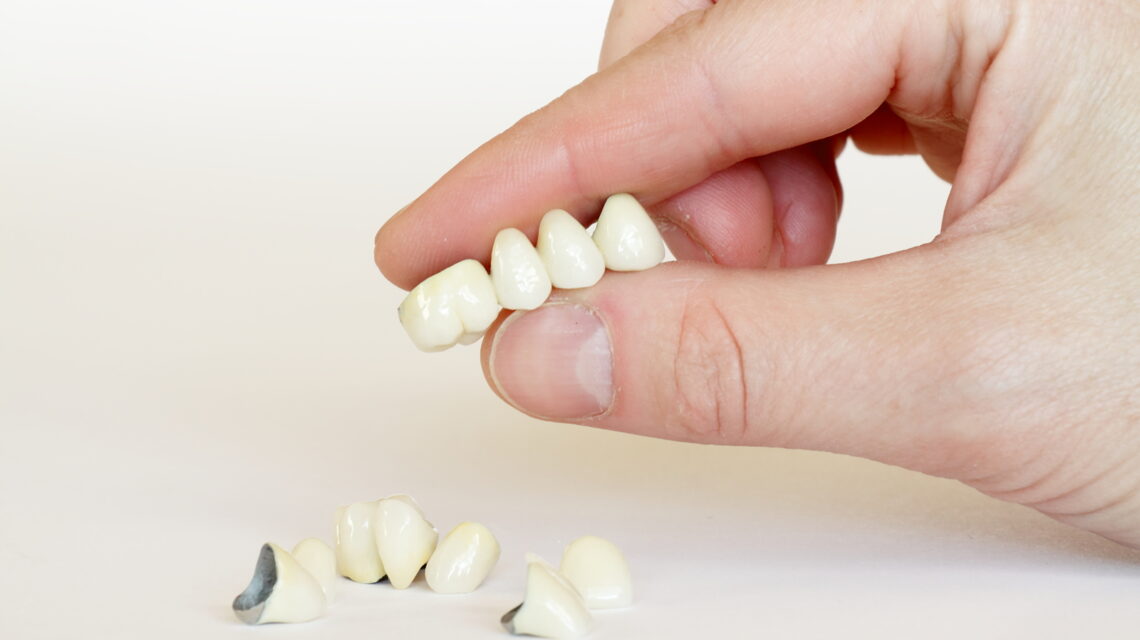

 The Diversity of Mouth Bacteria and the Role of Oral Hygiene
The Diversity of Mouth Bacteria and the Role of Oral Hygiene 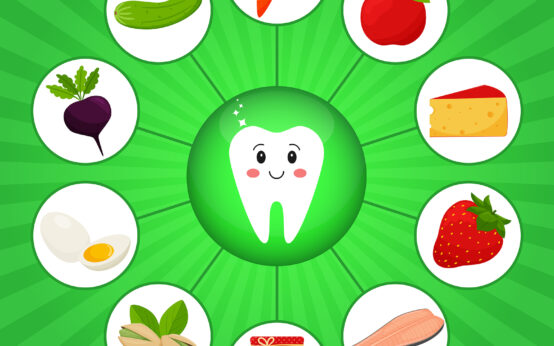 Healthy Teeth and Gums
Healthy Teeth and Gums 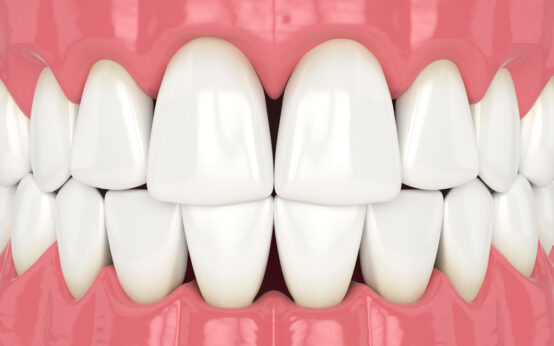 Which is the Best Way to Whiten Teeth at Home?
Which is the Best Way to Whiten Teeth at Home? 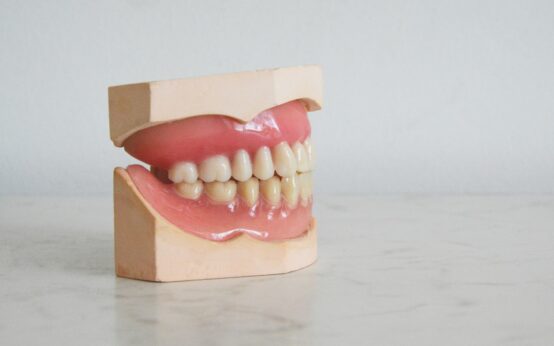 Tooth Decay – Symptoms and Treatment For Tooth Decay
Tooth Decay – Symptoms and Treatment For Tooth Decay 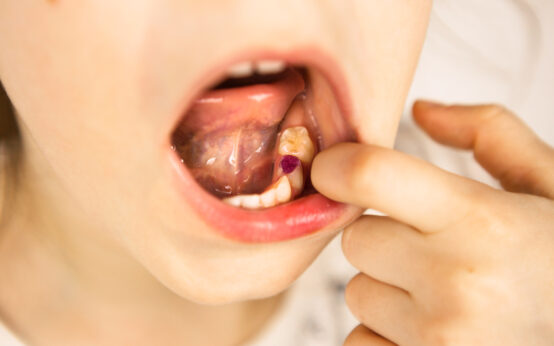 Pain in Your Bottom Teeth? Here’s How to Cure Crowding on the Bottom Teeth
Pain in Your Bottom Teeth? Here’s How to Cure Crowding on the Bottom Teeth 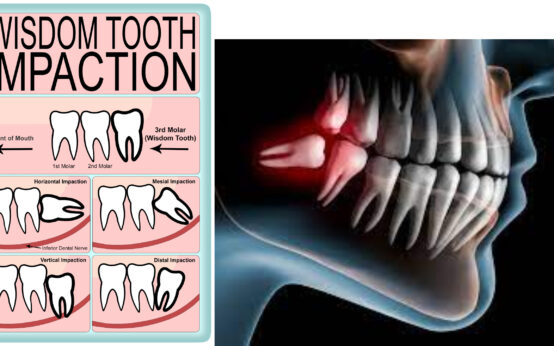 How to Prepare for a Wisdom Teeth Consultation
How to Prepare for a Wisdom Teeth Consultation